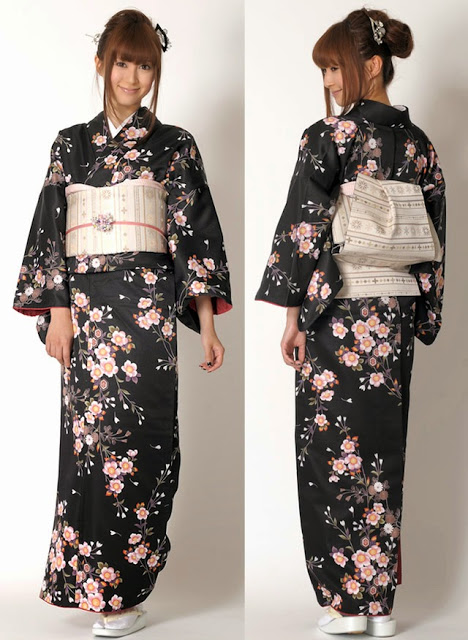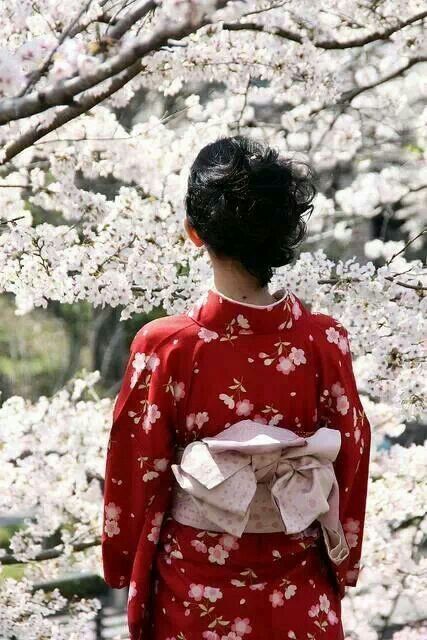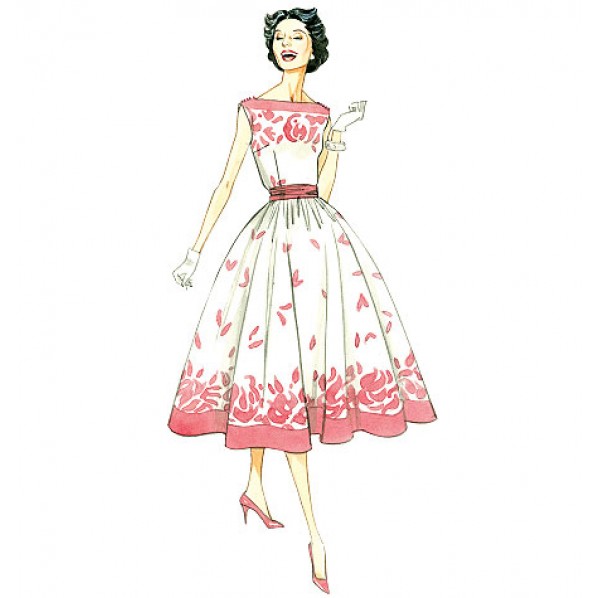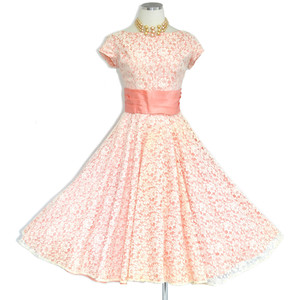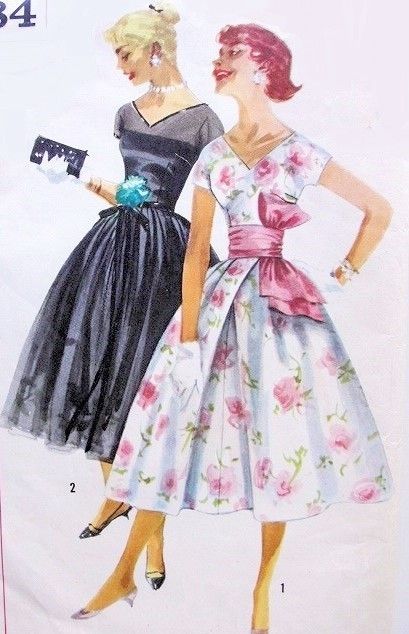Another great element of traditional Japanese clothing design is the obi, or sash. It began as a practical item, a narrow strip of cloth used to hold the kimono closed. While both men and women wore this traditional sash, the woman's obi was more decorative. During the Edo period (1603-1868), the obi, like the kimono itself, evolved into a fashion statement. Traditionally the obi was never the same fabric as the kimono, but chosen to stand out as a complement to the colors of the robe much as might a piece of jewelry or a hair ornament. As an ever more elaborate accessory, the obi became a dramatic band of rich fabric, cut as wide as 12 inches or more. It required additional cords to tie it in place, and the tying of decorative knots to secure the obi became an art in itself. As knots became large and complex, the obi began to tie in the back. The wide, richly decorated obi had a practical purpose, too. The width of the sash hid the fold of the kimono tucked into the belt to raise the hem.
Adaptations of the obi can be seen in modern, western womenswear. These pieces from the 1950s show how the sash may lengthen and shape the waist of a design. In some cases, modern adaptations have even come to include the obi's large knot. Watch for the lovely and practical obi sash in our 2017 Cherry Blossom Collection.
2017 Cherry Blossom Countdown
We launch at peak bloom!
March 19-22

